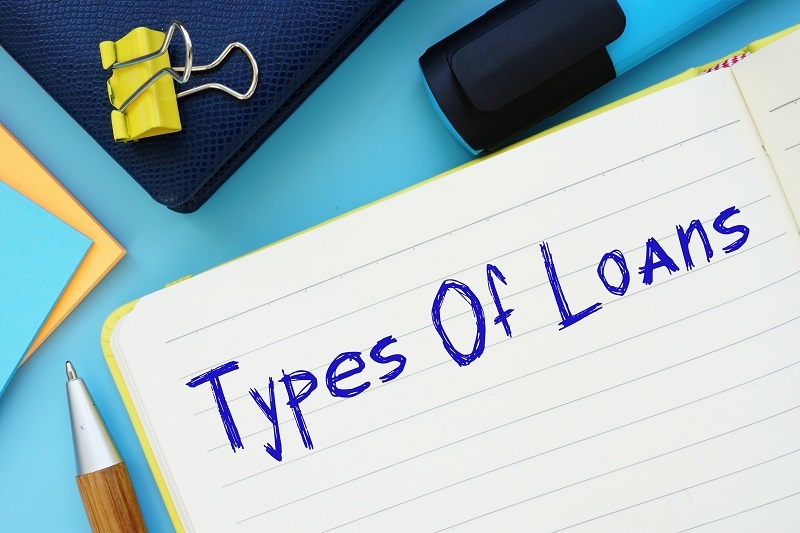
Money management starts offevolved with knowledge of your borrowing alternatives. Whether you are financing a vehicle, swiping a credit card, or putting off a domestic loan, you’re enticed with different types of credit scores. But understanding the distinction between installment loans vs revolving credit is essential for clever monetary decisions.
In this text, we’ll smash it down truly: what every form of credit method is, how they’re structured, and which one fits your desired quality. With styles of loans defined, actual-existence revolving credit score examples, and a credit line vs fixed mortgage breakdown, you’ll stroll away with all the tools to borrow accurately.
When comparing installment loans vs revolving credit, it all comes the way down to how the debt is issued and repaid.
An installment mortgage is a lump amount of cash you borrow and pay off over the years in fixed, scheduled payments. These loans typically have:
Common examples encompass:
The gain? Predictability. You know exactly how a whole lot you owe, and whether it will likely be paid off.
Revolving credit score is extra bendy. You’re accredited for a credit score restrict, and you may borrow against it as wished—up to that restriction—repaying and borrowing once more in an ongoing cycle.
Key capabilities include:
Revolving credit examples include:
This layout offers you continuous get entry to to budget—but requires greater field.
One of the perfect approaches to comprehend installment loans vs revolving credit is through a credit score line vs a fixed loan lens.
Installment Loan (Fixed Loan)
Revolving Credit (Credit Line)
This loan shape breakdown highlights how predictable installment loans are compared to the bendy—however, riskier—nature of revolving credit.

To assist you higher comparing installment loans vs revolving credit, let’s explore some sensible conditions with sorts of loans explained with the aid of actual global desires.
Auto loans are classic fixed loans. The car is yours on the quit after you borrow $20,000 and pay it off over 60 months at a predetermined rate.
Benefits
Have an urgent dental bill or a damaged water heater? You can pay immediately with a credit card or HELOC, and you only have to pay back the amount you spend.
Benefits
Making more informed borrowing decisions is aided by being aware of the types of loans that are characterized by rational criteria.
If you’ve ever used a credit card, you’ve engaged with revolving credit. But there are extra revolving credit score examples than human beings realise.
Tip: Pay the total stability month-to-month to keep away from high interest expenses.
These revolving credit score examples provide comfort; however in addition they also include risk if not managed cautiously.
Both types of borrowing have advantages and disadvantages. Let's dissect them.
Understanding the credit score line vs constant loan alternatives ensures you pick the proper device for every situation.
Your credit rating can rise or fall—based on the way you handle each installment loan vs revolving credit.
In preference, having each sort (with precise habits) is ideal for a healthy credit score profile.
The quality choice depends on what you need, how often, and how disciplined you are.
Again, keep in mind the total mortgage structure breakdown before figuring out.
It may surprise you to learn that prudent monetary making plans frequently include both. Here's a way to successfully stabilize revolving credit scores with installment loans:
For big purchases like
This guarantees solid bills and decreased quotes.
For example:
Just be cautious now not to hold big quantities and to keep a watch on your tune spending.
Apps such as Experian or Credit Karma can help you monitor:
This method continues you borrow in a strategic and wholesome way.
Understanding the difference between installment loans vs revolving credit is key to deciding on the proper borrowing option. In this manual, we’ve explained a variety of loans explained certainly to help you decide based on your economic dreams. If you opt for predictable payments and a defined period, a set mortgage, like an automobile or personal mortgage, may also fit your needs.
On the other hand, revolving credit score examples along with credit cards or HELOCs offer flexibility with ongoing access to to budget. By understanding the mortgage structure breakdown, you may confidently examine a credit line vs a constant loan and choose what works for your needs. Always align your desire with your repayment potential and financial plans to avoid debt pitfalls.
This content was created by AI